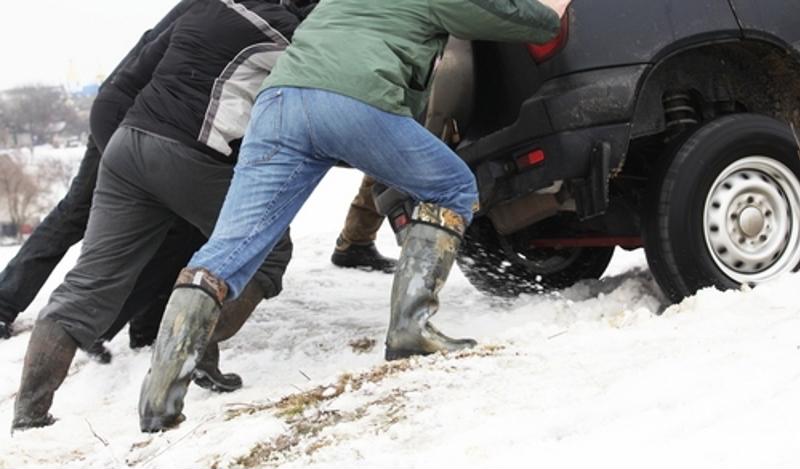Most people nowadays choose to get their weather from smartphone apps or television channels, but for the most accurate winter forecast, you might want to listen to what Punxsutawney Phil, the fuzzy critter at the center of Groundhog Day. Every Feb. 2, citizens in Punxsutawney, Pennsylvania gather to watch how Phil will react. If he doesn’t see his shadow, the legend goes that winter and all its snow will come to a quick end. Unfortunately, Phil saw his shadow this year, predicting another month and a half of frigid temperatures and heavy blizzards, The Washington Post reported.
If you don’t exactly trust a groundhog to take care of your meteorology, you can take a look back at history to see just how long winter’s snowy grip can hold on even after peak snow fall periods. While the thermometer may start inching up come February and March, that’s no guarantee that you’re done with blizzards for the season. If you pack up your Husqvarna snow blower for long-term storage, you might find yourself up a frozen creek without a paddle when a late-winter blizzard rears its ugly head. If you think your area is done with snow for the year, check out these three historic late-season storms.

The storms you least expect could be the ones that do the most damage.
1. The Great Blizzard of 1888 – March
New England and the Mid-Atlantic are used to winters with low temperatures months after the calendars turn over, but there’s a difference between Decembers that bring feet of snow and Marches that mix in a fair bit of rain and warmer days. More than a century ago, though, Americans on the East Coast got a very different taste of what the region can deliver in terms of snow and winter weather.
The Great Blizzard of 1888 was a massive March storm that covered states from Maryland to Maine with up to 60 inches of snow. Certain areas experienced drifts higher than two-story houses from the 45 mile-an-hour winds that ravaged Boston, New York and Philadelphia for five days. Since much of the region was underdeveloped, travel was all but impossible until enough of the snow melted for it to be shoveled away.
There’s a silver lining to the Great Blizzard of ’88, though – Boston experienced such gridlock from the storm that city officials decided to build an underground subway system, the first in the country, to prevent similar traffic issues in the future.
“A small amount of snow combined with high winds can do just as much damage as larger blizzards.”
2. The 1920 North Dakota Blizzard – March
It doesn’t always take a sky full of snow to debilitate a region and create dangerous travel conditions. Sometimes, like 95 years ago in the Midwest, a small amount of snow combined with high winds can do just as much damage as larger blizzards.
The Great Plains often experience powerful winds, and North Dakota’s “Chinook” current drove gales strong enough to take down telephone lines and reduce visibility to only a few feet. Dozens of people lost their lives during the storm, but the story of Hazel Miner, a 15-year-old schoolgirl who protected her brothers from hypothermia after getting lost in the snow on her way back from class, made national headlines.
3. 1997 April Fool’s Day Blizzard – April
Though it might not seem like it, we’ve gotten very good at predicting the weather and general snowfall of most winter storms out there. However, weathermen are still prone to mistakes, like when they underreported predicted totals for this spring blizzard. Combined with the coincidental date, many Bostonians thought that the projected 30- to 40-inch estimates were cruel jokes.
Mother Nature got the last laugh when she dumped more than 2 feet over three days. At one point, snow was falling at a rate of 3 inches per hour – enough for Boston to close its airport for a day and a half. It took teams of workers with heavy-duty two-stage machines similar to Husqvarna’s ST230P to get the city up and running again.
Until you break out your summer shorts from storage, it pays to keep your snow blower ready to go at a moment’s notice. Snow removal is all about good preparation, so take care of your machine or bring it in for maintenance before the next late-season storm ruins your spring.